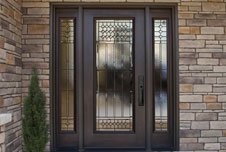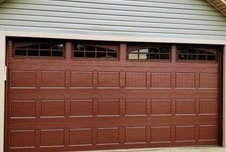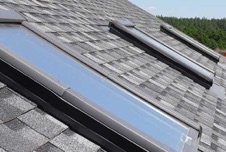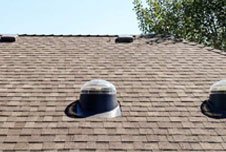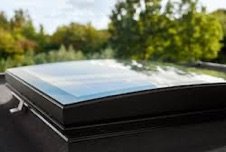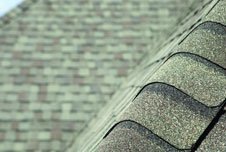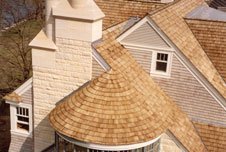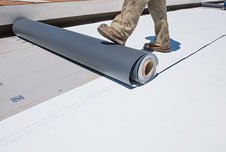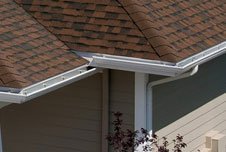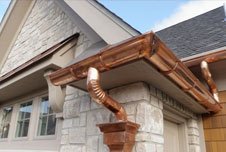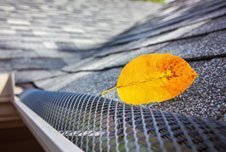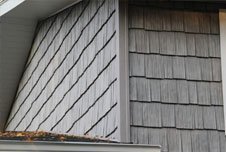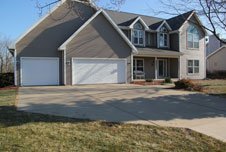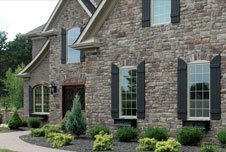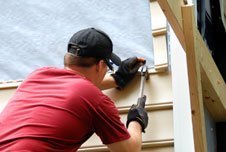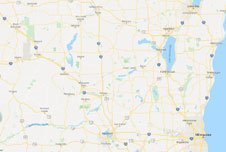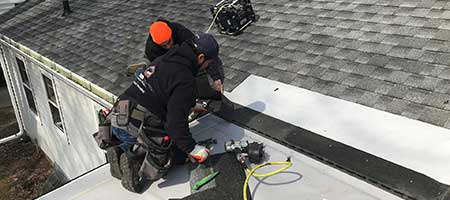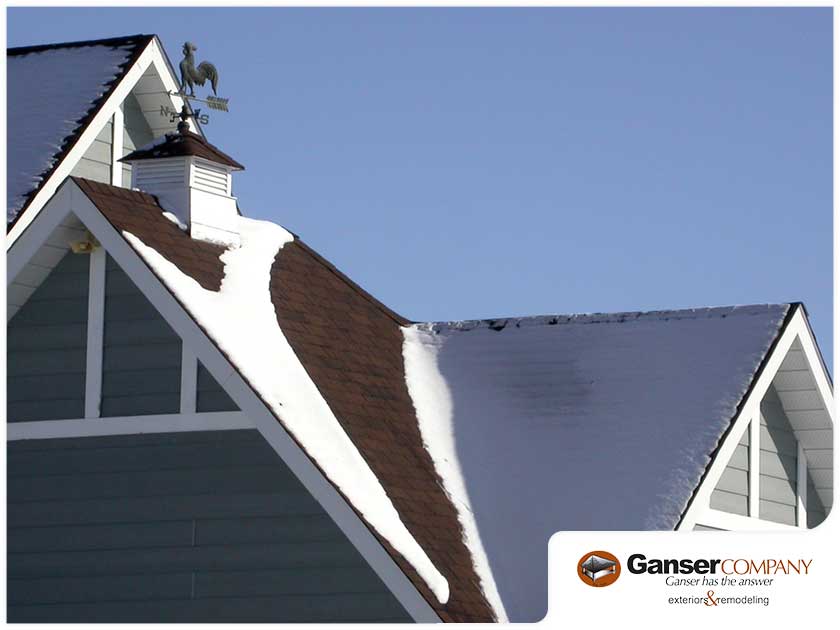If you are not too careful, the cold weather can cause damage to the roof over your head. You can ensure that this does not happen all winter long by taking all the necessary precautions.
In this post, we share 10 simple ways to prevent roof damage as temperatures continue to plummet.
1. Monitor the Weather Forecast
Keep a close eye on the weather forecast during the colder months so you can prepare for extreme conditions. Sleet, snow and ice can all do irreparable damage to your roof. If you know a storm is about to land in your region, be proactive, and take the steps needed to safeguard your home and its residents ahead of time.
2. Remove the Buildup of Snow
One of the biggest threats to your roof during the winter season is snow buildup. A good rule of thumb is if six inches of wet snow and ice have accumulated, it is time to have it removed because ice dams could form at this height. Flat roofs are especially vulnerable to damage from heavy snow loads, so make sure to be extra careful if you have one.
Some homeowners use a roof rake to clear large amounts of snow off their roofs, though it is recommended that you hire a roof repair professional so the task can be safely carried out.
3. Remove the Buildup of Ice
When ridges of icicles form along the edge of the roof for long periods, the result can be hazardous. Gutters are, perhaps, the most common locations of ice buildup. The good news is that you can easily prevent icicles from growing by sweeping them with a sow rake. Just remember to exercise caution while doing so.
4. Keep the Gutters Clean
Your gutters collect rain and melting snow and deposit them far from the foundation of your home. When clogged with leaves and debris, water can overflow or back up underneath the shingles, causing leaks and other kinds of water damage, such as mildew growth. Sometimes, water can back up and freeze along the roof’s edge, resulting in ice dams. It is wise to clean your gutters in the fall to gear up for the winter conditions.
5. Check for Missing or Broken Shingles
Check for missing or broken shingles and have them remedied by a roof repair specialist as needed. This should keep moisture from leaking into your attic and wreaking havoc on the rest of your home. Tackling small issues before they spiral out of control can prevent you from having to spend thousands of dollars on repairs because of damaged ceilings, insulation, floorboards and more. Keep expenses low with a routine inspection and maintenance ahead of time.
6. Reseal Around Roof Fixtures
Because of punctures made in your roof, any piping, skylights, vents and other fixtures introduce the possibility of water entering your home. Depending on the materials you used, they might need frequent touch-ups to stay in good condition. Corroded flashing, for instance, might require replacement. Make sure you reseal around these access points to keep melting snow in the winter from seeping indoors and causing all kinds of trouble.
7. Check for Leaks or Cracks in the Roof
Do not forget to look for existing cracks and leaks in the roof. An active leak can cause problems like poor insulation or mold growth, which can be detrimental to the health of the residents. Bear in mind that roof damage is likely to occur quicker from winter weather conditions, so it is best to address problem areas as soon as possible. If your roof happens to be approaching the end of its life, it is advisable to have an experienced exteriors remodeling expert inspect the overall structure for wear and tear that could turn into major issues in the future.
8. Improve the Insulation in the Attic
Sometimes, roof damage does not take place from the outside. Condensation caused by an inadequately insulated attic rots beams and other structural components that keep the roof stable. Do an interior inspection in the fall to be sure you have enough insulation in the right places, particularly the attic. This should keep cold air from entering your living spaces and causing ice dams on the roof and other costly inconveniences.
9. Trim Trees Surrounding the Roof
When tree limbs grow too close to your roof, they can scrape the protective granules off the shingles. Even if trees are not initially in contact with your roof, elements like strong winds and ice buildup can cause the limbs to sag and rub against the roof. Aside from small-scale damage that requires exteriors remodeling, your roof can be threatened when tree limbs fall on it. This can puncture its surface and, depending on the size of the limb, damage the decking.
Another thing to consider is that trees drop debris, which traps water and prevents proper runoff if left on the roof for too long. By trimming tree limbs away from your roof, you are preventing considerable damage during a storm and reducing your maintenance load.
10. Check Your Siding for Damage
Usually, whenever the siding has a problem, so does the roof. After performing a simple inspection of your roof, give your siding a once-over to make sure it is in top shape as well. Be wary of mold or fungus growing near the seams as this typically means water is penetrating your siding. Bubbles and blisters forming beneath the siding are other red flags indicating moisture damage.
Get in Touch With a Premier Home Improvement Company!
Ganser Company is a leading home improvement company in Wisconsin. Whether you have asphalt shingles, cedar shakes or flat roofing, you can count on our roof rebuild experts to deliver the results you need on time and within budget. We also install and maintain gutters, windows, doors and siding. To schedule an appointment or request a free quote, do not hesitate to give our professional team a call at (608) 222-1243, or fill out our convenient online form.


